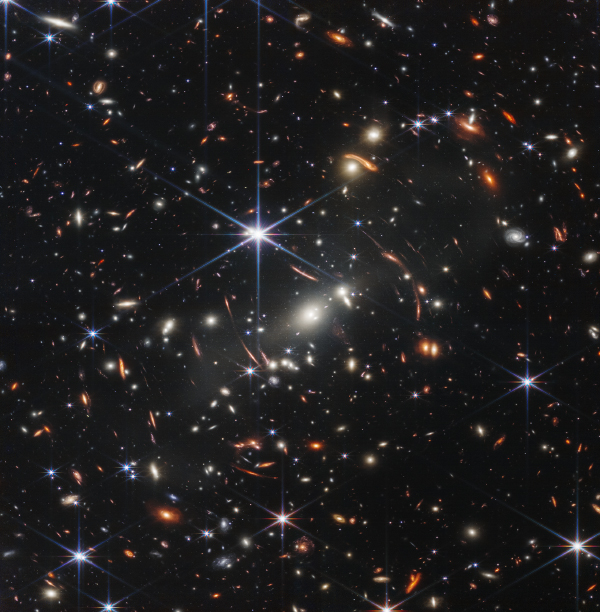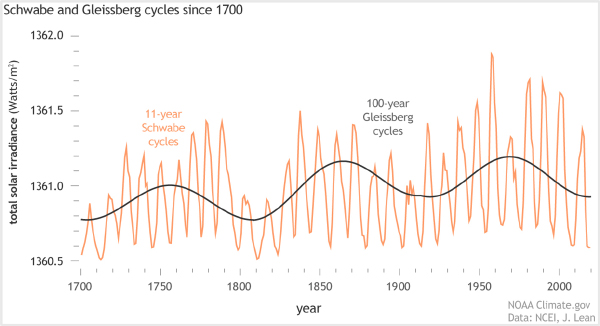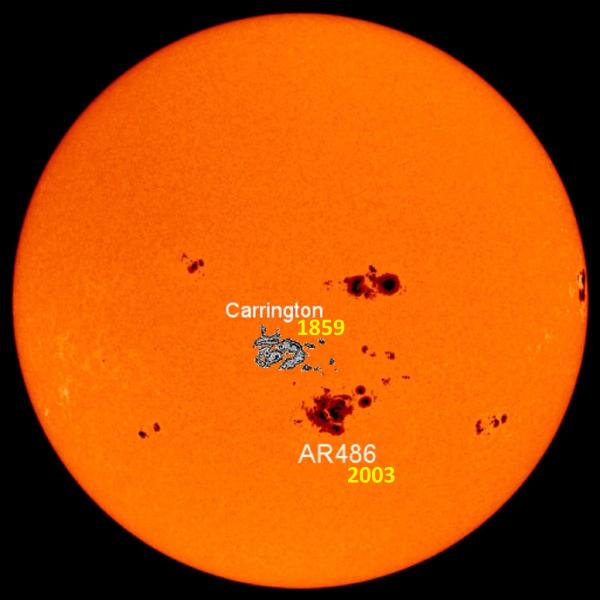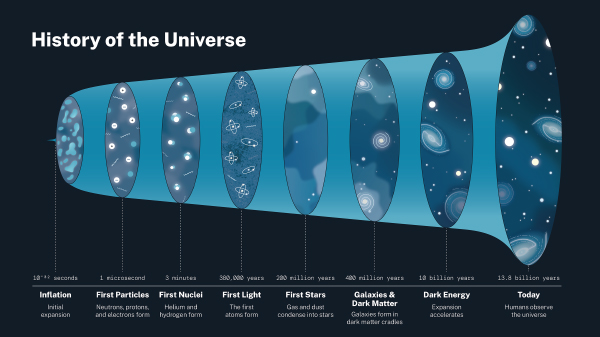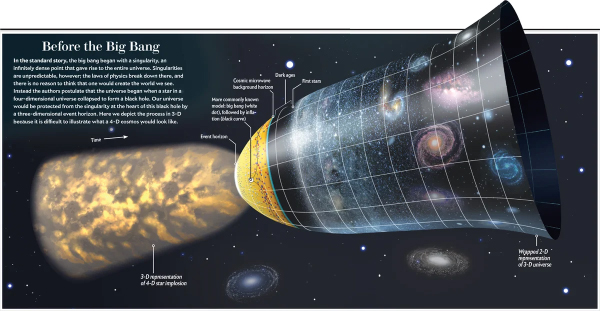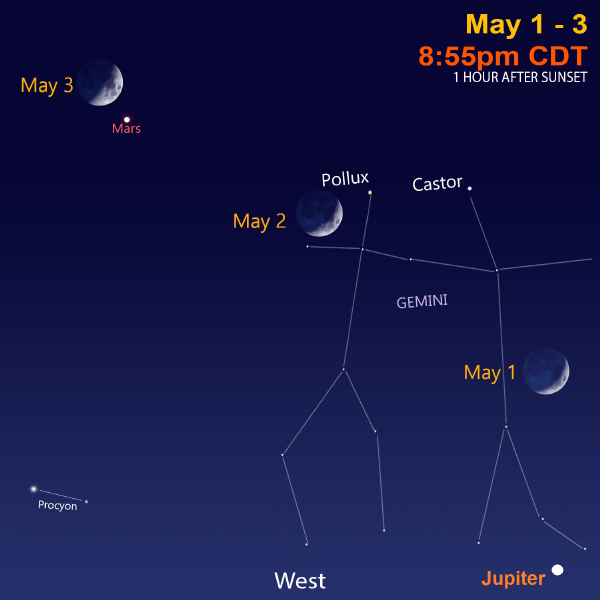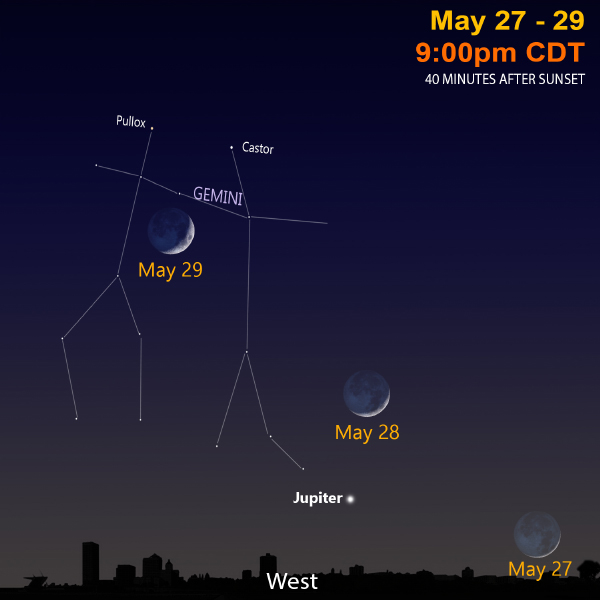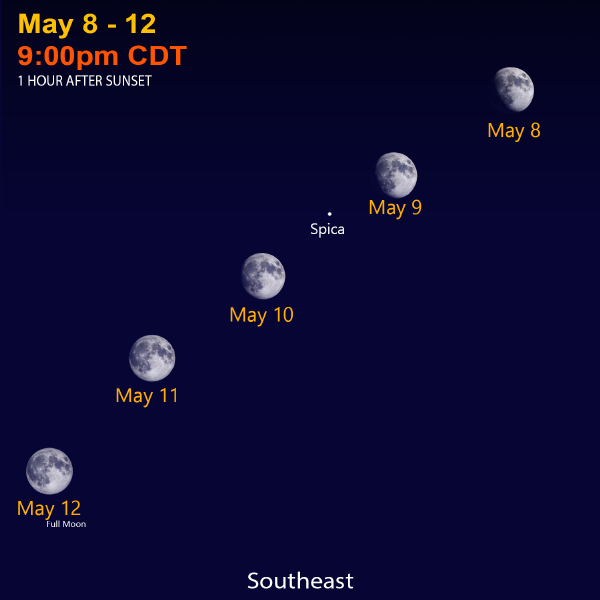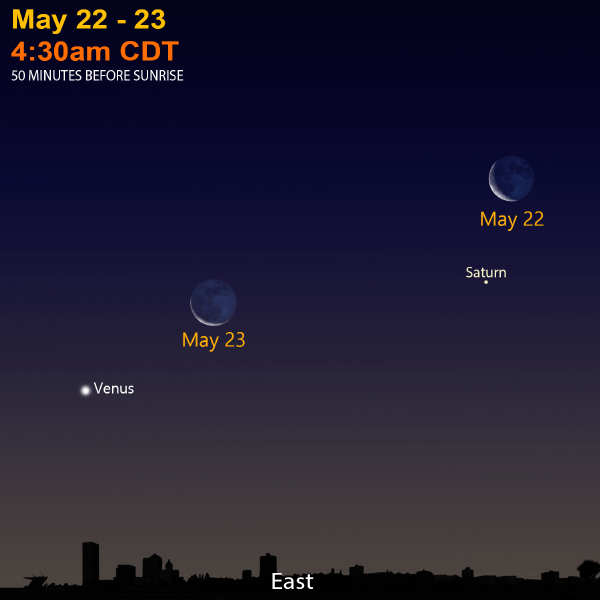Cosmic Curiosities
"Nothing in life is to be feared, it is only to be understood. Now is the time to understand more, so that we may fear less."
- Marie Curie, Polish-French Physicist & Chemist
More Stars or Sand?

Credit: UnSplash; Amir Mortezaie
It's May! The weather is finally warming up. Soon, you might be walking along a beach somewhere. If you do, pick up a handful of sand. How many individual grains are you holding? An average hand can hold about 100,000 grains of sand. If you pinched a tiny amount between your thumb and index finger, you might have about 100 grains of sand.
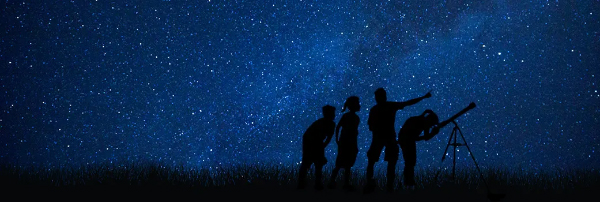
Credit: NASA
Now, let's count stars. On a perfectly dark evening, far from city lights, you might see 2,000 stars. In downtown Milwaukee, you might see about five stars—and maybe a bright planet or two.
Time to widen our view of sand and stars!
Let's go beyond sand in our hands and think of an average house. How many sand grains can fill a house? A cubic meter box contains about 1 billion grains of sand. The volume of a typical house is about 200 cubic meters. That means 200 billion grains of sand can fill a house!
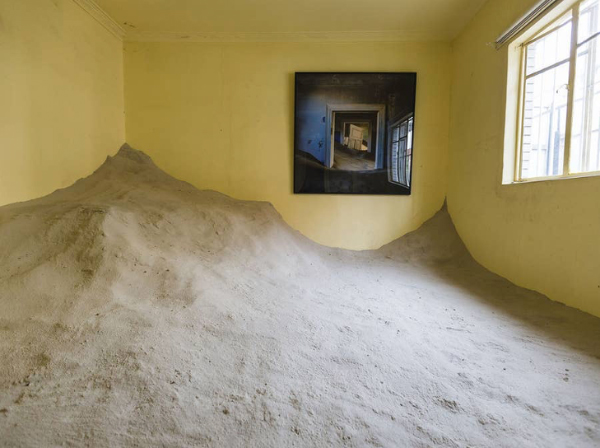
Credit: Sean McDonald / Courtesy of Emma McEvoy
Does that 200 billion number sound familiar? That is roughly the same number of stars in the Milky Way galaxy! It's crazy to think one house filled with sand equals all the stars in our home galaxy.
Our next leap is to compare all the sand grains on Earth to all known stars in the universe. Warning: This is where things get murky. It is not easy to estimate these colossal numbers, but they are based on reliable observations and measurements.
For the total sand count, we know the sizes of deserts and beaches fairly well. We even know the percentages of shoreline beaches that have sand. It's about 30 percent. Other factors are more guess work—things like, how deep are the deserts and beaches? What average grain size should be used to count all of them? Estimates vary, but guestimates range from 7x1018 to 4x1020 for the total number of sand grains on Earth.
For the total star count, I learned a few new things in my research. The previously accepted number was 40 billion trillion, or 4x1022. We get that number by taking the 200 billion stars in our galaxy and multiplying it by the estimated 200 billion galaxies in the known universe. However, more recent astronomical estimates say our Milky Way is large and rare—and that most galaxies are much smaller, having millions of stars instead of billions. Therefore, the average galaxy in the universe only has about 10 million stars—quite a bit smaller than the Milky Way. However, new estimates have increased the total number of galaxies. The new guestimate is 10 times more, or 2 trillion galaxies. Multiplying 2 trillion galaxies times 10 million stars per galaxy, we get 2x1019 total stars! Other estimates are higher, at 2x1021 stars in the universe.
JWST Deep Field of Distant Galaxies; Credit NASA
So, who wins—sand or stars? My conclusion: There is a lot of uncertainty in solving these aggregate numbers. The results are reasonably close. It's like when I ask a Planetarium visitor, "How many stars are there in the Milky Way galaxy?" And the usual answer I get is, "A lot."
So, the answer is both. The universe has lots of stars and the Earth has lots of sand. If this answer is unsatisfying, take note that your body has about 7 billion billion billion (or 7x1027) atoms! Atoms win.
Constant Sun?
Our sun is steady and bright. It makes our days—literally. We do not question whether the sun will rise and set. It just does, day after day after day. Yet, while constant in our lives, the sun is very dynamic. Scientists have recorded variances in the sun's activity through hundreds of years.
Credit: NASA
Many are familiar with the solar cycle. Every 11 years, our star goes from a minimum of solar flare activity to a maximum. The sun just had its peak activity, called solar max, between August and November 2024. The initial prediction was for July 2025. The number of sunspots, solar flares, and eruptions are now gradually declining.
The recent peak solar activity was higher than anticipated. It triggered many beautiful views of the aurora. Since solar storms are slowly going down, the chance for auroras in the sky is still high.
We are currently within the solar maximum for cycle 25. This cycle is also called the Schwabe cycle, because it was first discovered by amateur astronomer Heinrich Schwabe in 1843 in Germany.
Chart showing the oscillation of individual solar/Schwabe cycles throughout the past three centuries and the subsequent patterning over hundreds of years. Source: NOAA Climate.gov, image based on data from Wang and Lean, 2021.
Solar cycles can be analyzed throughout longer periods of time. Besides the 11-year Schwabe cycle, there is the 100-year Gleissberg cycle, named after its discoverer, German astronomer Wolfgang Gleissberg. A recent study published in the journal Space Weather asserts that the current Gleissberg cycle has passed its minimum and that future solar cycles will be increasingly strong. Not only do increased sun storms increase auroras in our skies but can disrupt weather and communication satellite operations. The rise of the Gleissberg cycle may have implications for future satellite missions.
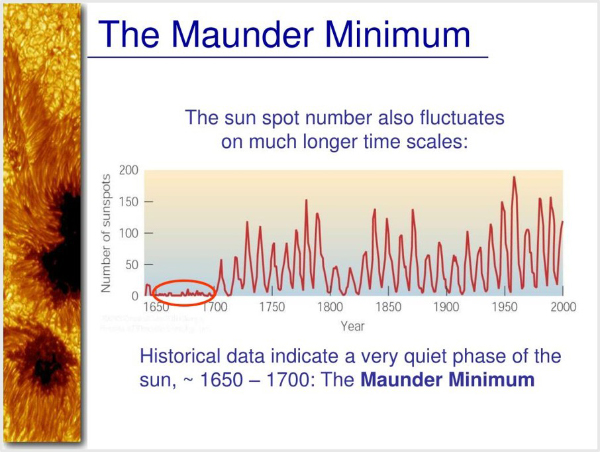
Credit: NASA
Aside from its cyclical behavior, the sun has also experienced notable irregularities. The Maunder Minimum was a period of exceptionally low activity between 1645 and 1715, first noted by Gustav Spörer in the 1880s and further expounded upon by solar astronomers Edward Walter Maunder and Annie Russell Maunder in the 1890s.
A modern analysis revealed that, within the 28-year period from 1672 to 1699, less than 50 sunspots were recorded, sharply contrasting contemporary averages of 40,000 to 50,000 sunspots within a similar timespan (Beckman and Mahoney, 1998). The period was overlaid by the coldest part of the Little Ice Age, approximately 500 years of lower-than-average temperatures in Europe. Though, it should be noted that the climate of this time could have been affected by volcanic activity.
Credit: NASA & Spaceweather.com; Richard Carrington's own drawings with sunspot AR486 in 2003.
The sun unleashed a whopper storm on September 1, 1859. Amateur astronomer Richard Carrington had been observing the growing sunspots when he witnessed a sudden flash that he described as a "white light flare." Carrington had observed a coronal mass ejection (CME), and the day after the event, Earth experienced an “unprecedented geomagnetic storm,” with auroras visible in the tropics! The additional electric current running through the atmosphere famously caused telegraph networks to malfunction, with some pylons sending sparks flying and starting fires. Carrington deduced that the CME he observed had caused the geomagnetic storm and was the first scientist to make the connection between solar weather and auroral displays.
As you can see, the sun is not just a glowing ball in our sky! Scientific inquiry of our star is constantly being used to make new discoveries about other stars. It also gives us a better understanding and greater appreciation of our history here on Earth!
Black Hole Birth?
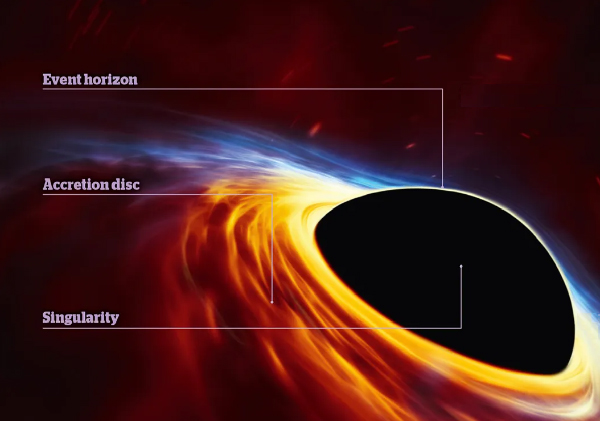
Credit: BBC Sky at Night Magazine
We are familiar with black holes. Their gravity is so strong, not even light can escape. But when gas and matter move from the accretion disc and cross the event horizon, they fall into the black hole. Then what? Physicists say this swallowed stuff collapses to an infinitely small point with infinite density—a singularity. Could this singularity create a whole new universe?
We discovered many origins. We know humans came along after billions of years of evolution here on Earth. We figured out the sun was built from tons of hydrogen from the Big Bang and heavier elements from stellar explosions. What caused the Big Bang in the first place? What kickstarted our universe?
The study of how our universe began and evolved is called cosmology. This theory—that maybe our whole universe was created from a black hole—is called black hole cosmology or Schwarzschild cosmology, named after Karl Schwarzschild, who discovered black hole geometry in 1915, just after Albert Einstein figured out his final theory of General Relativity. If it is true, this means we are living inside a black hole. We could call it our parent universe! Let's explore this strangeness a bit more.
Credit: NASA
The Big Bang Theory states that the universe began roughly 13.8 billion years ago. It started as an infinitely tiny point and then rapidly expanded, eventually forming particles, then atoms, stars, and finally galaxies. Observations of distant objects have shown us that the universe is still expanding and accelerating in its expansion through time.
A black hole forms when a massive star cannot generate enough energy to support itself against gravity. The star implodes and then rebounds off its dead core into a violent supernova. If the stellar corpse—the dead core—is big enough, gravity keeps working and pulls itself into a black hole.
Another theory says black holes can form instantly, without a prior supernova! This is known as a "direct collapse." Again, it starts with a massive star running out of nuclear fuel. With no energy radiation to push outward, the star collapses so rapidly, there's no rebound explosion. The star simply disappears to form a black hole. So, can a new “baby” universe really be formed with the creation of black hole?
You start with a parent universe. In that universe, a black hole forms when huge amounts of mass collapse into a single, tiny point. That mass acts like a spring, so after all that compression, it “bounces back,” converting the immense gravitational energy into rapid expansion and particle formation. At the black hole's singularity, a cosmic tunnel known as a wormhole forms, which leads to a twin singularity in a new universe.
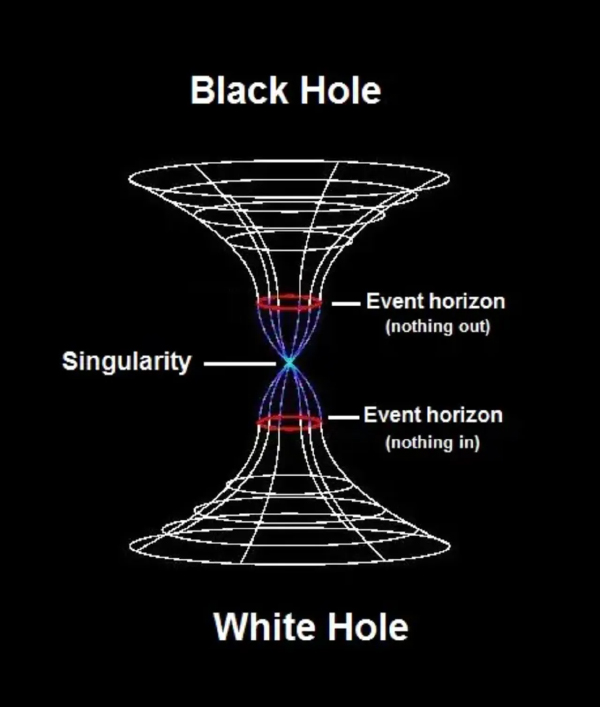
Credit: NASA
At the singularity in the baby universe, you would find a white hole, the black hole's counterpart. Just like you can never escape the black hole from inside its event horizon, you can never enter the white hole from outside the horizon, so nothing in the baby universe could ever travel to the parent universe. All that energy and those new particles flood through the wormhole and pour out of the white hole into the baby universe. Thus, the new universe would expand from a single tiny point in an event known as the Big Bang.
Credit: George Resteck
While this may all sound like total science fiction, there is some promising evidence for this theory. Recent observations from NASA's James Webb Space Telescope have revealed that for every galaxy rotating counterclockwise, there are two galaxies rotating clockwise. This could suggest a preference for rotational direction; if our universe was completely random, we would expect an even 50-50 split for each direction, but that's not what we see!
Advocates of black hole cosmology argue that this asymmetry comes from conservation of angular momentum. Whatever collapsed to form the initial black hole would've had some angular momentum which, per our laws of physics, must be conserved, so it may have transferred through the wormhole to our universe and manifested itself in the rotation of galaxies! But this mystery is far from solved. Some cosmologists argue that certain aspects of Schwarzschild cosmology—such as the wormhole leading to a white hole—are physically unrealistic, even if the math is sound.
Space in Sixty Seconds
Find the bright star Arcturus in the sky, then take a quick trip there!
Sky Sights
On the nights of May 1 to 3, watch our crescent Moon leave the bright planet Jupiter, glide through the stars of Gemini, and then shine near the red planet Mars.
At the end of the month, look for a very thin Moon near Jupiter low in the western sky on May 27 and 28. The moon will visit Mars again on May 31.
The full moon in May is called the Flower Moon. Watch the Moon grow full on the nights of May 8 through 12 and pass the bright star Spica in Virgo.
Get up very early (sunrise is 5:20 a.m. CDT) on the mornings of May 22 and 23 to look for the Moon shining with the planets Venus and Saturn.
Mercury is too low to see this month.
May Star Map
Sign Up
Receive this newsletter via email!
Subscribe
See the Universe through a telescope
Join one of the Milwaukee-area astronomy clubs and spot craters on the Moon, the rings of Saturn, the moons of Jupiter, and much more.
Follow Bob on social media
Twitter: @MPMPlanetarium
Facebook: Daniel M. Soref Planetarium


